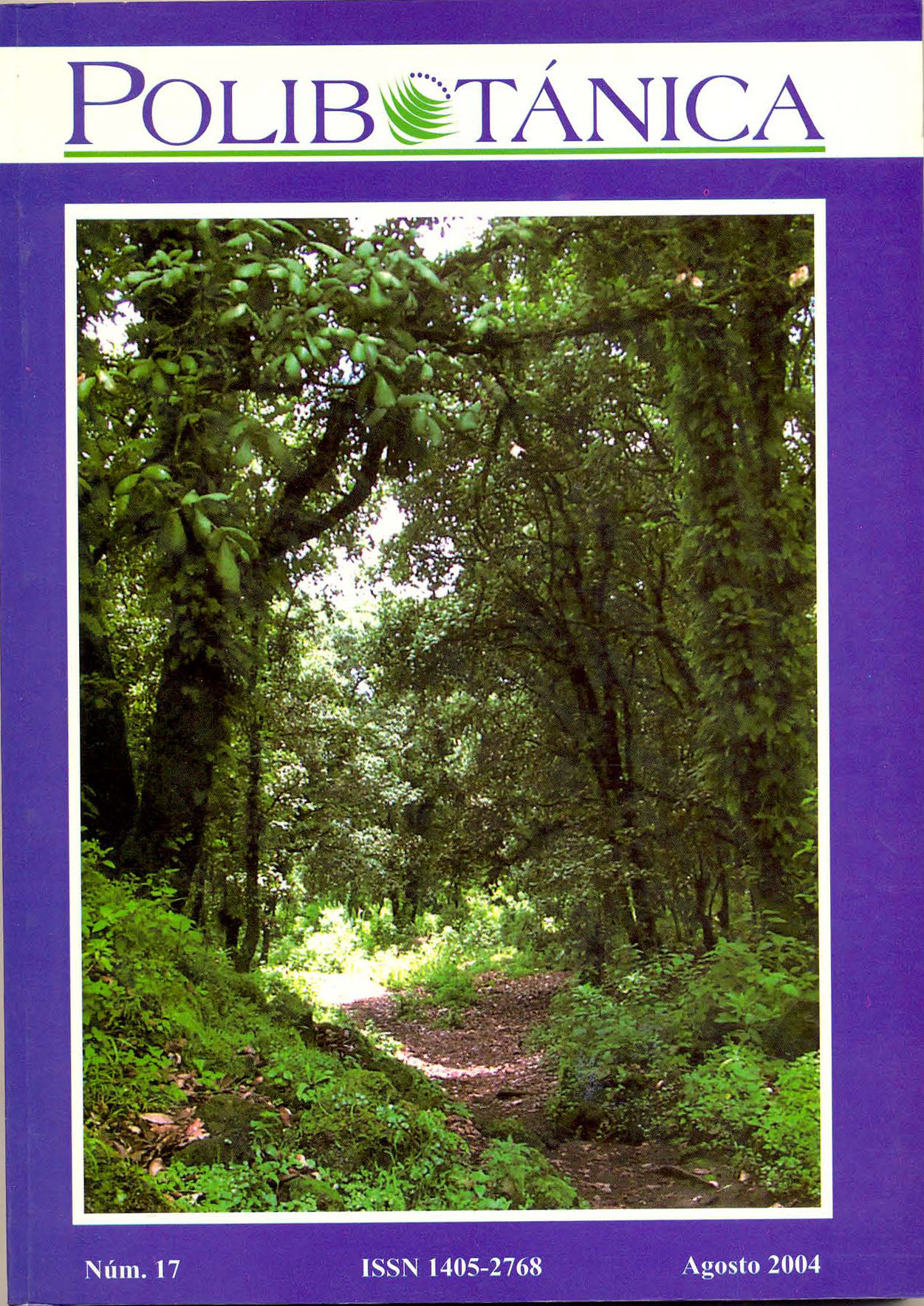CARACTERIZACIÓN DE LA DECLINACIÓN DE BOSQUES DE ENCINOS EN “SIERRA DE LOBOS” GUANAJUATO, MÉXICO
Abstract
The phenomenon of the forest decline often is presented by a combination of mul-
tiple factors biotic and abiotic. In this work
was carried out a characterization of the main
causal agents of the decline of oak forests
in “Sierra de Lobos”, Gto., by means of the
determination of the susceptible species,
identification main agent biotic responsible
for high mortality as well as its comportment and evaluation of the infestation level.
The effect is analyzed some plot, tree and
stand variables in the infestation for the
pathogen. The results show that the oak
decline in “Sierra de Lobos” is associated
to processes of climatic disturbance mainly
stress for drought and for extreme temperatures due to ice and fires happened in the
past, the main biotic agent responsible for
the oak decline is the combined effect of
Nectria galligena Bres. and Hypoxylon
thouarsianum (Lév.) Lloyd. Quercus
eduardii Trel. is the most susceptible species to the infestation for the pathogen as
long as Q. rugosa Née is comparatively resistant. The infestation level was of 87.5%,
it was found that to smaller diameter and
more number of stems/tree the infestation
is presented with more intensity. The plot
variables that had effect on the infestation
level were the exposition and the slope.
Downloads
Published
Issue
Section
License

Polibotánica by Departamento de Botánica de la Escuela Nacional de Ciencias Biológicas del Instituto Politécnico Nacional se distribuye bajo una Licencia Creative Commons Atribución-NoComercial-CompartirIgual 4.0 Internacional.




















